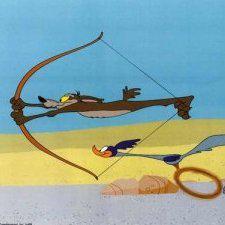Little bear an momma
-
Similar Content
-
By HuntingNY
Over the past year, DEC and Dr. Angela Fuller, Assistant Leader of the New York Cooperative Fish and Wildlife Research Unit at Cornell University, have begun two black bear research projects in south-central New York. The projects will provide information on black bear populations that will assist in developing effective management strategies for this expanding population. Specifically, the projects will generate an estimate of how many bears exist in the study area and will provide an understanding of where bears spend time and how they move through landscapes. This will help DEC predict where bears may continue to expand their range and where human-bear interactions may occur in the future.
With one field season now complete, we recently received an update on the research progress.
Project Update
The study area (1,013 mi2) encompasses portions of Steuben, Allegany, and Livingston Counties. Beginning in May, 2011 the research team (graduate students Matthew Adams and Catherine Sun and their 8 technicians) under the advisement of Dr. Fuller, has been collecting hair samples from black bears using barbed wire corrals and has been trapping and tagging black bears. They will use genetic techniques to identify individual bears from the hairs collected from the barbed wire. The tagged bears are being tracked using radiocollars that send the researchers hourly text messages with a GPS location of the bear. The research team captured 42 black bears (25 males, 14 females, 3 cubs) and fitted 20 bears (11 adult males, 5 adult females, and 4 yearling females) with radiocollars. Over the course of 10 weeks, they deployed 223 barbed wire corrals and collected hair samples at 115 sites. The research was conducted on both public and private lands, including 154 private landowners, 26 state lands, parks, and county forests. The researchers are extremely grateful to the 154 private landowners, who have participated in the research by allowing access to their lands.
This post has been promoted to an article
-
Recently Browsing 0 members
No registered users viewing this page.







Recommended Posts
Join the conversation
You can post now and register later. If you have an account, sign in now to post with your account.